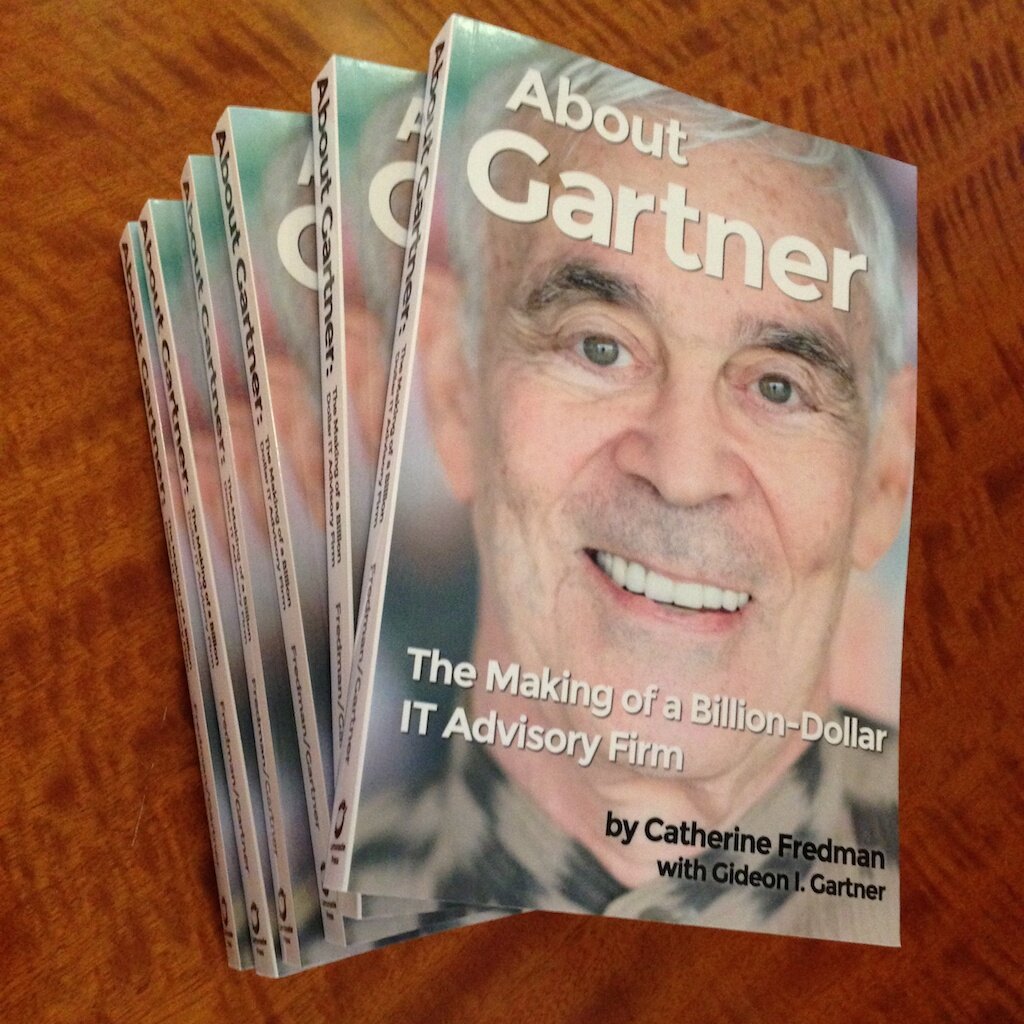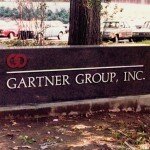IBM vs. Gartner During the 1980s, Part 1
 After leaving Oppenheimer to create, launch and manage Gartner Group in 1979, I continued to personally write and publish about the IBM Corporation — just as I had done previously for my financial buy-side clients (banks, insurance companies, et al.).
After leaving Oppenheimer to create, launch and manage Gartner Group in 1979, I continued to personally write and publish about the IBM Corporation — just as I had done previously for my financial buy-side clients (banks, insurance companies, et al.).
Forbes quoted me in 1972: “there is nothing IBM does that fails to impact every aspect of the industry…I prefer to know the most about a little, rather than a little about most”.
Other analysts at Gartner also commented on IBM because it influenced the entire IT space, and more than a few of our clients came to believe that we knew more about this firm than all the other Wall Street analysts put together. Those of us who were ex-IBMers respected it, while understanding that our obligation was to observe and document a neutral view, while inserting subjective comments and suggestions. This actually contributed to our rapidly growing marketplace impact.
This era’s large IBM computer systems dominated, and by socializing with couple of Leasing Company firms, I outlined the parameters of a possibly useful forecasting model. Dave Stein and Michael McFarlane developed it and ran the business in the early 1980s we called RAVIS (RAV=Residual Asset Values), which turned out to be of incremental value to our firm’s early growth. The model developed probabilities of how IBM’s planned program might evolve, including product cycles, possible price cuts, and more. We guessed well, strengthened our credibility, but soon learned that IBM was concerned and was ‘watching’ us. The model provided value for our clients, but as we later learned, it also increased IBM’s neuroses.
My former Oppenheimer (Opco) assistant who I’ll call O.A. had left Opco soon before I did to form his own intelligence operation at Wall Street brokerage firm Dean Witter, and because he was somehow suspected to be directly privy to confidential information from European sources, IBM’s focus on leaks shifted to him. On August 28, 1980, Watts Humphrey from IBM called me to say that Dean Witter (that is, O.A.) had likely broken the law re privileged information, that IBM was not ready to sue, that it would take its lumps, but it would like our support to convince Dean Witter to cease and desist running its “intelligence” (G2) business given the SEC implications.
I did not know anyone at Dean Witter except for O.A., and did not call the firm, never finding out why IBM had not complained directly to that Wall Street brokerage. But within a few days Hank Herrmann, IT analyst at the giant investment firm Waddell & Reed and one of my brightest Wall Street clients when I was at Opco, (and now CEO of that huge firm) called to tell me O.A. was already talking to other Wall Street firms about employment! I wondered why.
On September 20 another IBM executive, Don Otis, called me. He said IBM was watching O.A. “like a hawk”, and we had to watch our step as well! Don also criticized one of our recent client communications “suggesting” certain specifics of IBM’s build plan and its backlog. I didn’t know what Don was talking about, and responded that he must know that leaks from IBM salespeople were rampant, often “shooting their mouths off to IBM’s large accounts”.
I added that we wished to be kept out of all IBM/O.A. matters, we did not want to be sucked into a general Wall Street purge. But I did agree to avoid the Leasing crowd which was disseminating hearsay, to maintain an ethical stance towards all interested parties, and to definitely not compete with O.A.’s “proprietary methods”. (He was reputed to invite knowledgeable IBMers alcohol-rich parties he hosted in Europe!)
Within a week or so I spoke with a contact at National Semiconductor (NSC), Alan Baumgartner, who had a good mix of skills (mostly telecom market research, but was strong on inside dope, as he was a true networker and knew lots of people). Alan had actually once hoped to hire O.A., but he had reversed fields and was now dumping on O.A. despite his having just recently closed an arms-length deal with Alan’s firm:
“O.A. responds to all our requests, is often right-on with his G2, was right on about IBM’s Newport at 3.6 MIPs, new cache memory at 16K, and 4X interleaving [note: such IBM leaks rarely found us!], …and you [e.g. me and my staff] should develop an equivalent source!”
Alan had also found out that Duane, O.A.’s new boss at Dean Witter, “was nervous about him”. He concluded the conversation by indicating that National Semiconductor would likely approve becoming a Gartner client by year-end! Luckily, my O.A. issue dissipated when he left Oppenheimer and he was soon to be pushed out of Dean Witter together with the new CIO clients he had accumulated. We rarely heard about him, let alone from him, again.
Read Part 2: Trade-Secret Witch Hunt?
Read Part 3: Who Ever Sues the Press?
Read Part 4: Have You Spoken to Gideon Lately?







11 Comments